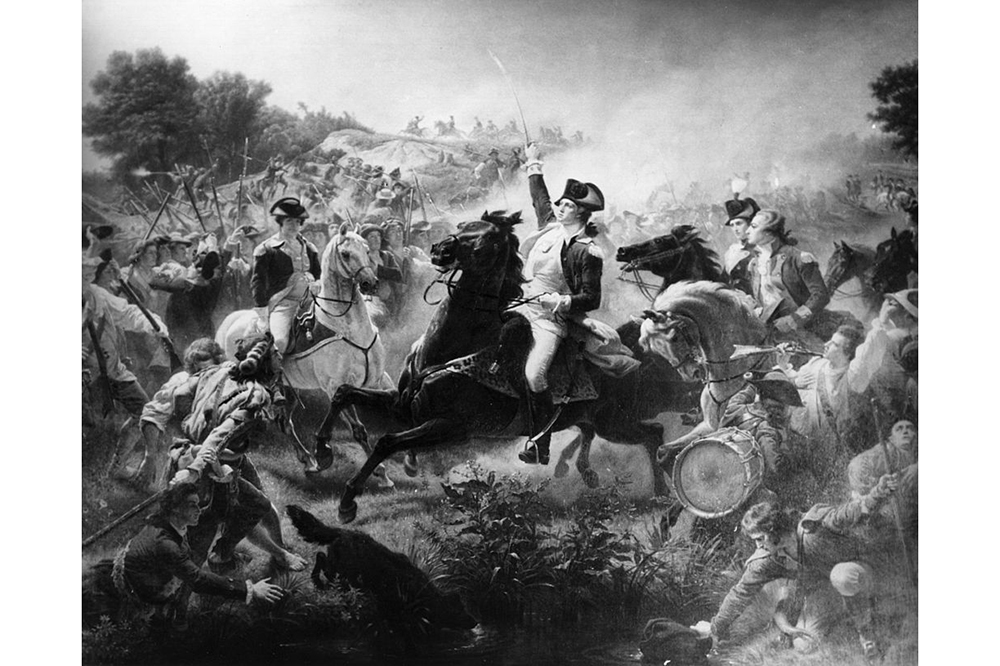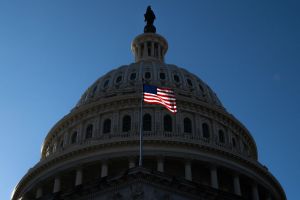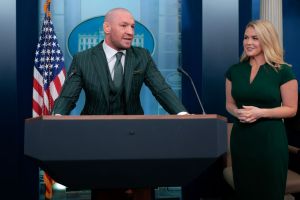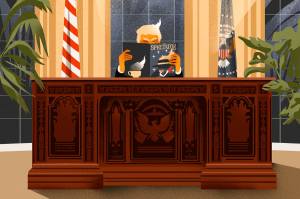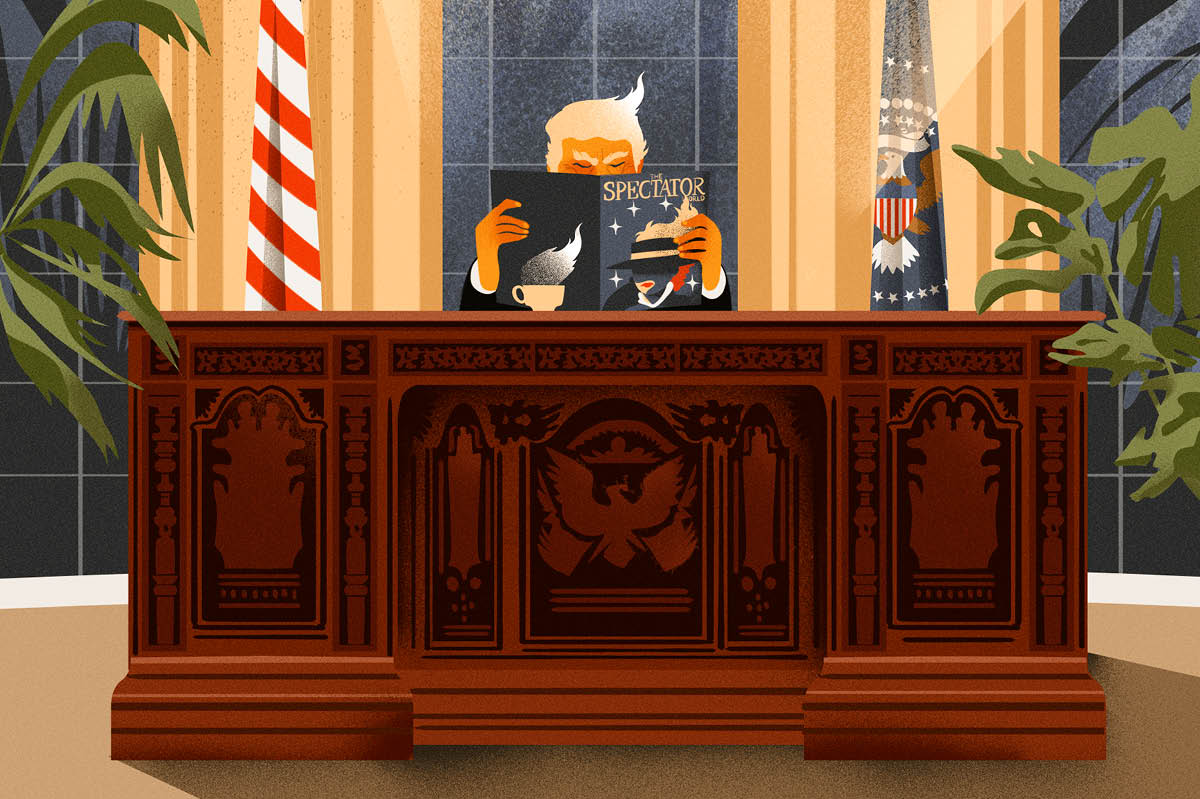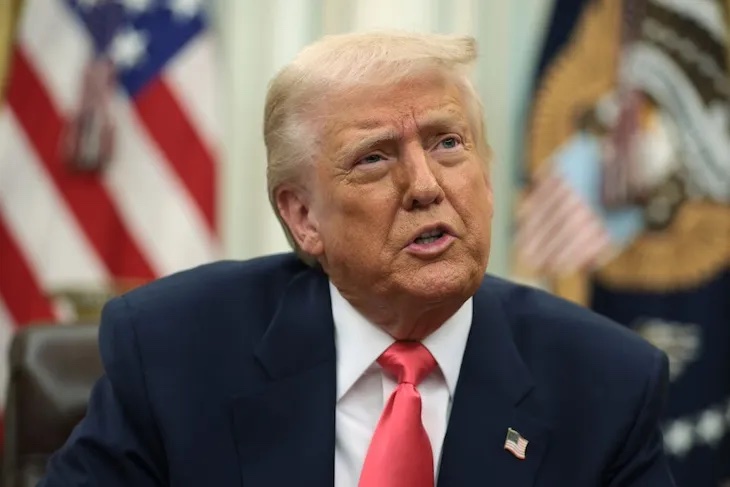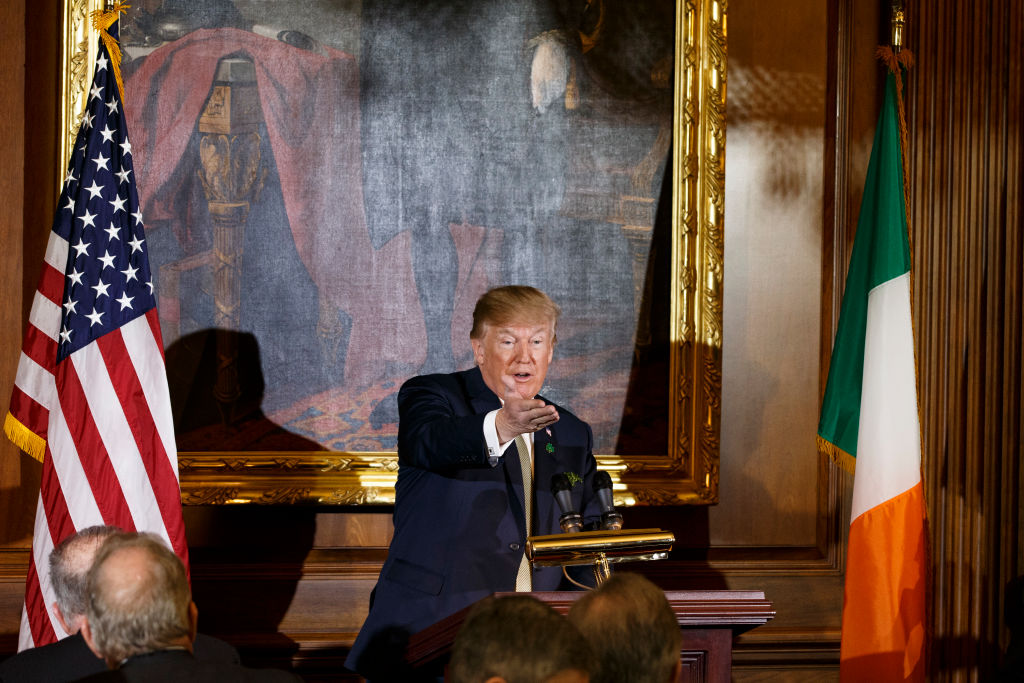Although the annual St Patrick’s Day parades may be canceled, the bars closed, and Americans of all ethnicities may feel a little less Irish, this March 17 raise a glass (from a respectable socially distance, of course) to the man who helped forge an ideological connection between the United States and Ireland: George Washington.
Though regarded as an Irish holiday, St. Patrick’s Day has featured prominently in the history of colonial America (first observed in Boston in 1738) and the early United States. In Washington’s mind, the cause of Ireland was intertwined with ‘the cause of America’. And Washington used St Patrick’s Day as a means to signal and celebrate the birth of a spirit of liberty that would engulf the world.
Washington, the commander-in-chief of the Revolutionary Continental Army and first president of the United States, famed for his warning against entangling alliances during his Farewell Address, may not at first glance seem the most internationally minded of American leaders. After all, he only left the country once (technically still the colony of Virginia) for Barbados. Franklin and Jefferson had France, even John Adams had the Netherlands. But in actuality Washington had the world, and Ireland with it.
Washington fostered Irish connections almost immediately in the American Revolution, spurred by the large number of Continental soldiers of Irish ancestry and the American and Irish people’s shared struggles with the British. During the British evacuation of Boston on March 17, 1776, the Continental Army even used coded response ‘St Patrick’ after the successful American siege. Washington made an ideological claim: the Americans had driven out the ‘snakes’ just like the legendary Irish saint. The Virginian came to view the Irish people as ready to ‘shake off those badges of slavery they have so long worn’, in the same way as Americans were fighting for their liberty.
The people of Ireland agreed, and embraced Washington in much the same way. The first Washington monument in the world was found not on the National Mall or even in the United States, but outside Dublin. A gothic tower at Belcamp Hall constructed in 1778 by a member of the Irish Parliament, Edward Newenham, signaled the joint resistance with the inscribed words, ‘Oh, ill-fated Britain!’
But two years later, the Continental Army had spent months encamped in Morristown, New Jersey facing nearly 30 snowstorms. Then on March 16, 1780, Gen. Washington issued orders for the celebration of St Patrick’s Day. While this certainly would have been a welcome chance for the soldiers and officers to participate in some festivities and renew their spirits after being confined in dreary winter quarters, Washington had other intentions. The holiday was to commemorate not the Irish Catholic saint, but ‘the Parliament of Ireland and of the inhabitants of that country’.
Months earlier, the Irish Parliament pushed for a free trade agreement and had refused to follow the traditional practice of reaffirming the Lord Lieutenant of Ireland’s speech to King George III. As optimistically reported by the Pennsylvania Packet newspaper, Ireland, to Americans anyway, was on the verge of independence. For Washington, the Irish ‘appear[ed] calculated to remove those heavy and tyrannical oppressions on their trade’ by Britain and ‘to restore to a brave and generous people their ancient Rights and Freedom’.
The general believed the occasion so consequential that he suspended all soldiers (many of whom were of Irish ancestry) from working on March 17, as it was ‘a day held in particular regard by the people of that nation’.
And the Irish responded in turn. Though an Irish republic was centuries away (despite a American-inspired 1798 rebellion), only a month later Irish Member of Parliament Henry Grattan issued the ‘Irish Declaration of Rights’, which sought to answer ‘the question of independence’ in an American-style. And in 1781 the Philadelphia-based fraternal order of the Friendly Sons of St Patrick made Washington an honorary Irishman with their adoption of him as a member (sparking a feud between Yankee Americans and Irish-Americans nearly a century later over who owned the American Revolution).
This connection between Washington and Ireland is still strong today. In September 2019, a plaque commemorating the 1916 Irish Easter Rebellion (with a subtle nod to the 1848 Rebellion) against British rule was added to the recently reopened Washington Monument in DC in recognition of the Irish quest for liberty, republican government, and ‘in honor of the many millions of Irish who contributed so much to the United States of America’.
With the onslaught of St Patrick’s Day cancelations, combined with President Trump’s COVID-19-related travel ban from Ireland (enacted literally one minute before this St Patrick’s Day), today may not seem to be the best moment on either side of the Atlantic to commemorate American and Irish ties. But Washington believed both peoples were united in a love of and desire for freedom and liberty, and he used the holiday in an attempt to highlight unity and common understanding. Something we need now more than ever.
And with all the pubs shuttered, St Patrick’s Day 2020 may fit Washington’s expectations of 1780 as a ‘celebration’ without ‘the least rioting or disorder’. Or perhaps out of respect for the general those disorders will at least be self-quarantined.
Craig Bruce Smith is a historian and the author of American Honor: The Creation of the Nation’s Ideals during the Revolutionary Era.



